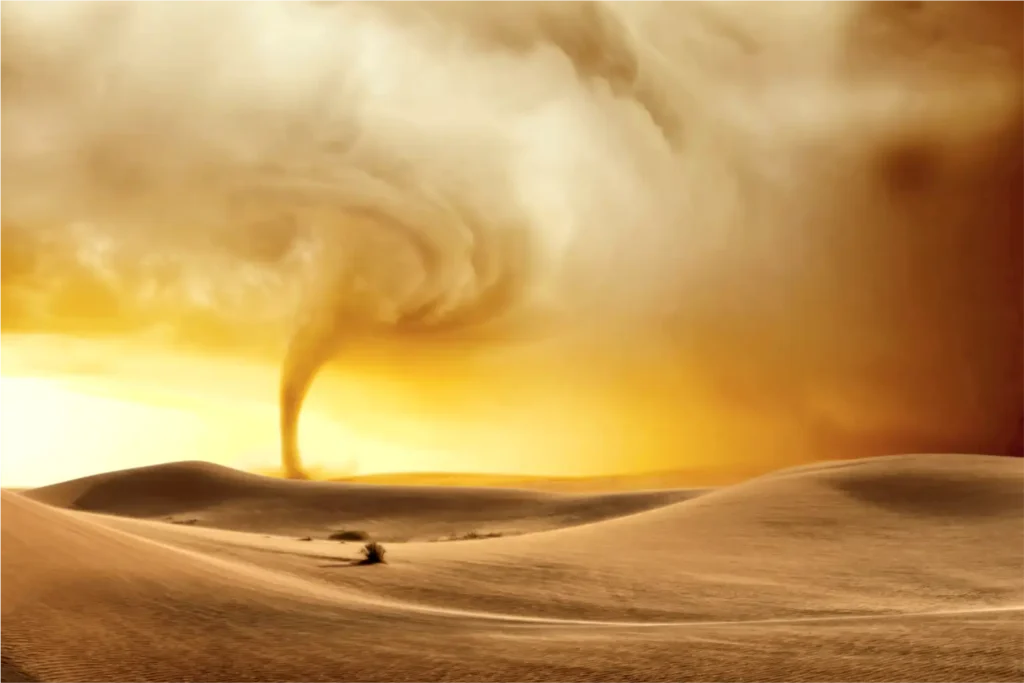
Sand and dust storms are emerging as a severe, yet often overlooked global crisis, affecting over 330 million people across 150+ countries, warns the World Meteorological Organization (WMO) in a recent address to the United Nations General Assembly.
Each year, an estimated 2 billion tons of dust, equivalent to the weight of 300 Great Pyramids of Giza, is emitted globally, with over 80% originating from the deserts of North Africa and the Middle East, said Laura Paterson, the WMO’s representative to the U.N.
Though these storms may begin in arid regions, their impact is global. Particles can travel thousands of kilometers, crossing continents and oceans, triggering respiratory and cardiovascular illnesses, reducing agricultural productivity, and fueling forced migration, according to U.N. officials.
Also Read | Lung cancer in non-smokers on rise, air pollution could be driver – Study
The alarming figures were shared during the General Assembly’s observance of the International Day of Combating Sand and Dust Storms and the launch of the U.N. Decade on Combating Sand and Dust Storms (2025–2034).
U.N. Assembly President Philemon Yang described the issue as “one of the most overlooked yet far-reaching global challenges of our time,” highlighting the role of climate change, land degradation, and unsustainable practices in intensifying these storms.
“Airborne particles from sand and dust storms are contributing to 7 million premature deaths annually,” Yang warned, referencing diseases tied to pollution exposure. He also noted a decline in crop yields by up to 25%, which exacerbates hunger and displacement.
The economic impact is equally staggering. Rola Dashti, Undersecretary-General and Executive Secretary of the U.N. Economic and Social Commission for Western Asia, said that Middle Eastern and North African countries face losses of up to $150 billion annually, or roughly 2.5% of GDP.
“This spring alone, hospitals in Iraq were overwhelmed, and schools and offices in Kuwait and Iran were forced to shut down due to extreme storms,” Dashti said. She also noted that Saharan dust has reached as far as Florida and the Caribbean.
The U.N. has mobilized over 20 agencies to address the crisis, focusing on early warning systems, sustainable land management, and public health protection.








